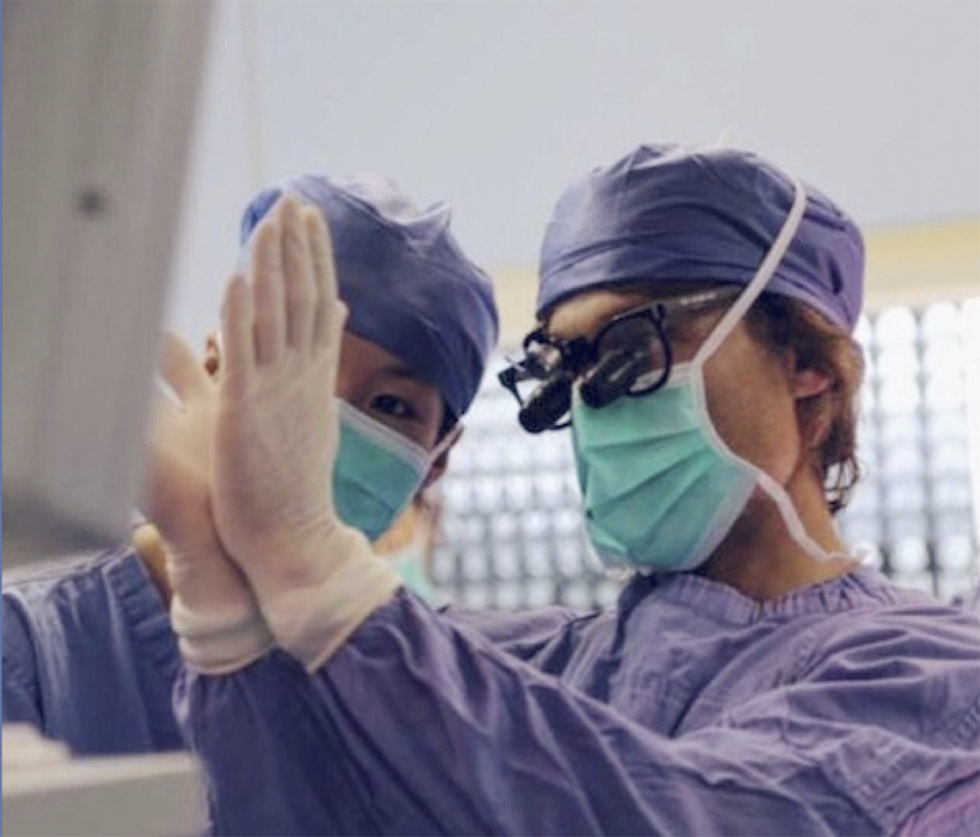In modern medicine the closure of wounds is typically performed with a surgical suture (thread) connected to a surgical needle. There are many different kinds of suture and as many different needles. Surgical needles have been made of many materials including bone (early on) and later from metals such as silver and copper, and wire material comprised of bronze or aluminum
Needles can be traumatic which means they have holes or eyes and are supplied to the hospital separate from their suture thread. The suture must be threaded on site, as is done when sewing at home. Needles can also be atraumatic with the suture pre-attached to an eyeless needle. The suture manufacture swages the suture thread to the eyeless atraumatic needle at the factory. There are several advantages to having the needle pre-mounted on the suture. The doctor or the nurse does not have to spend time threading the suture on the needle. More importantly, the suture end of a swaged needle is smaller than the needle body and causes minimal trauma when passing through tissue – hence the name atraumatic needles. In modern medicine we primarily use ataumatic needles when performing surgery.
There are several shapes of surgical needles. These include straight, 1/4 circle, 3/8 circle, 1/2 circle, 5/8 circle, compound curve, half curved (also known as ski), and half curved at both ends of a straight segment (also known as canoe). Needles may also be classified by their point geometry; examples include: taper (needle body is round and tapers smoothly to a point), cutting (needle body is triangular and has a sharpened cutting edge on the inside), reverse cutting (cutting edge on the outside), trocar point or tapercut (needle body is round and tapered, but ends in a small triangular cutting point), blunt points for sewing friable tissues, side cutting or spatula points (flat on top and bottom with a cutting edge along the front to one side) for eye surgery
Finally, atraumatic needles may be permanently swaged to the suture or may be designed to come off the suture with a sharp straight tug. These “pop-offs” are commonly used for interrupted sutures (individual bites rather than a continuous suture), where each suture is only passed once and then tied.
We can’t perform good surgery without the right surgical needles. Understanding these needles, and how the various types work is critical to getting good results.


